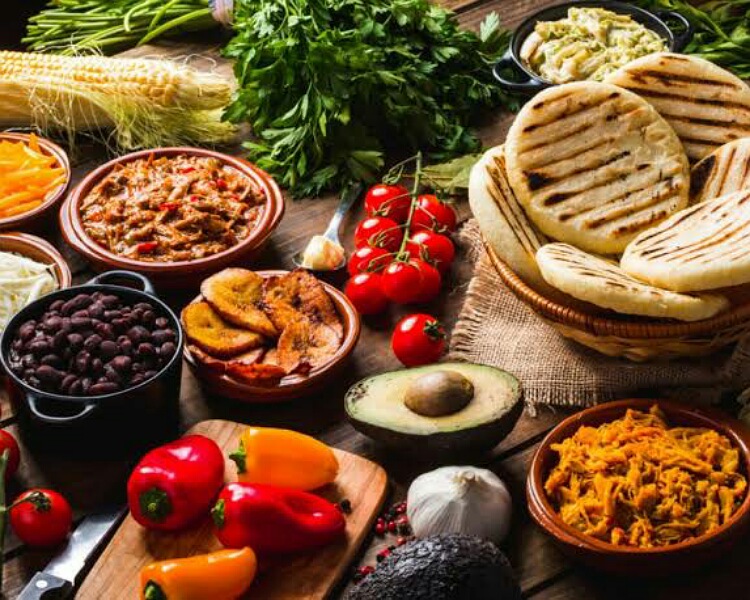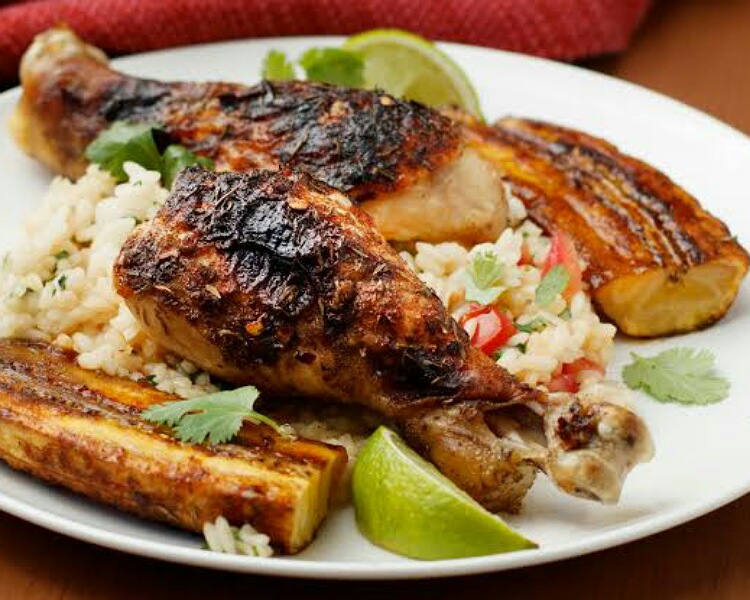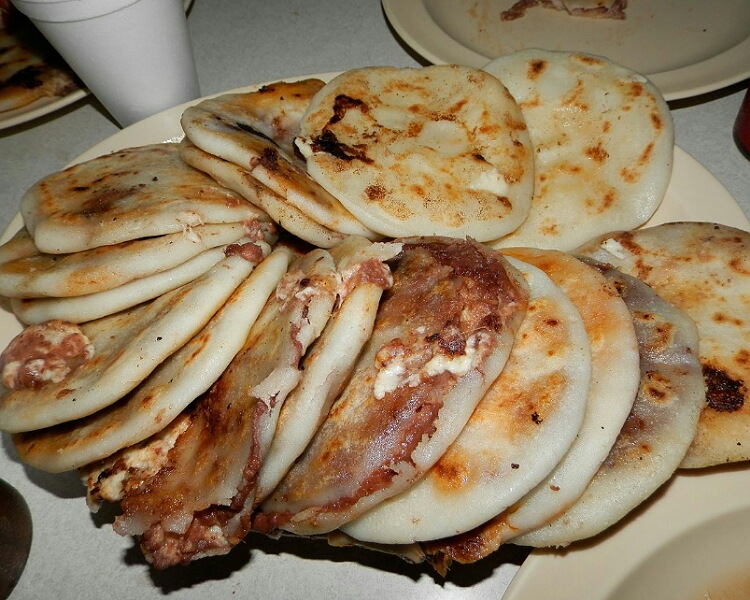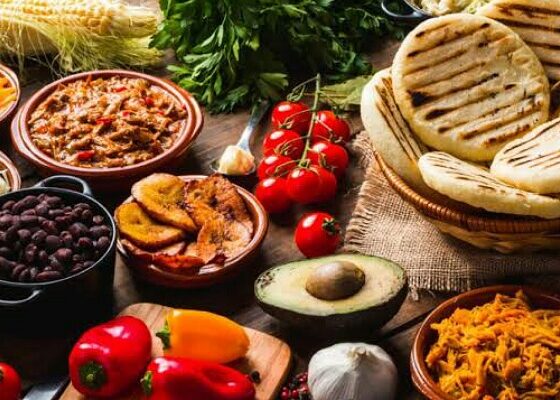Latin American and Caribbean food dishes are popular in the USA. But they might contain high amounts of fats, calories, and salts. How to cook them healthier while retaining their authentic flavors? Here are some tips on it.
Latin American and Caribbean food dishes
Latin American and Caribbean food dishes have tickled the palates of Americans. Many love these foods which are highly tasty. Even the mention of the names of these foods such as enchiladas, tacos, arepas, empanadas, pupusas and tamales brings water in the mouth of the listener.
These dishes are from Mexico, Venezuela, Cuba, Colombia, Puerto Rico and such nations around the USA. But these foods are laden with excessive salt, saturated fats and have high calories. However, one can cook them in a healthier way without losing on the authentic flavors of these culinary imports. Maggie Jiménez, a lifestyle and cooking personality on the Univision network in the USA feels that cooking them at home is the key:
“It’s important to cook at home because you can control the ingredients and the amount of salt and oils you use.”

Gabby Puche, who is a registered dietitian nutritionist from Tulsa, Oklahoma adds that eating out less frequently is the first step towards nutrition. Gabby reveals:
“First give you the tortilla chips, then they bring you a big platter with rice, beans, even tortillas. We just have to be careful with so many starches.”
Traditional Latino dishes
The traditional food from Latin America use healthy ingredients. Hence we have to stick to the traditional way of cooking them. Gabby reveals that Nicoya, Costa Rica is one of the five blue zone regions of the world. People there eat mostly plant sourced foods and are healthy and enjoy a long life. Gabby asserts:
“It embodies what a lot of Latin cuisines have, which is a diet that is rich in beans, legumes like black beans, red kidney beans, avocado, colorful vegetables like all the pepper varieties, tomatoes, yams, plantains – and they do eat the leaner choices of protein, like fish and chicken,”
“All these staples are true to Costa Rica, but they’re also true to the rest of Latin America.”

Hence food preparation and cooking way matter a lot. Maggie adds that cooking oneself using whole, real, and unprocessed food ingredients is best. She herself suffered from kidney stones due to use of excessive salt in her Mexican foods. Later, she replaced the salt with herbs and spices like onion, cilantro, powdered garlic and oregano and everything got ok for her health-wise.
More tips on healthy cooking
Besides using less salt and replacing them with spices and herbs, Maggie advises to use less of fats such as lard and oil in cooking. It is best to avoid deep oil frying the food dishes. Instead of it, one can opt for air frying. One can also cook chicken in an air fryer. It will taste good with less oil. Also, she advises to not deep fry tortillas. Instead one can place them in the oven to make them crispy enough for the tostadas.
Both Maggie and Gabby advise to use olive, canola or avocado oil if cooking in oil is a must. These oils are healthier with more of monounsaturated fatty acids in them. These protect the heart and lower bad cholesterol in the blood. Even if you use these oils, practice portion control, they say. Gabby opines:
“One serving is two tablespoons, but people typically don’t measure how much they’re putting in their dishes.”

Also, the corn-based cake from the South American cuisine, primarily Venezuela and Colombia, arepas are healthier if baked rather than fried. But despite baking these, portion control is important. Gabby explains:
“Arepas have plenty of fiber that helps with keeping cholesterol levels down,”
“But portion matters even if the food is healthy.”
Also while making, one should stuff them with lesser amounts of lean chicken, beef and vegetables. The nutritionists advise their clients to stuff Pupusas, the national corn patties dish of El Salvador with fat free and healthier ingredients. Gabby adds that both quantity and quality of fats matter. Healthy fats are nutritious but saturated fats are not. Beans, rice, fruits can also be used for stuffing instead of lean meat.
Similarly, in Puerto Rican foods instead of salt use sofrito (onions, peppers, garlic, tomatoes and fresh herbs) in food dishes. Gabby appreciates:
“It’s so healthy, has lots of fiber, it’s simple to use and so economical,”
Read here: What is green salt? Is it healthier and safer than the table salt?
She adds:
“It benefits you to cook at home – it does,”
“It takes a little planning, but it can save money in the long run.”
